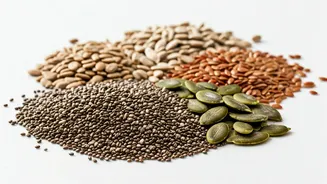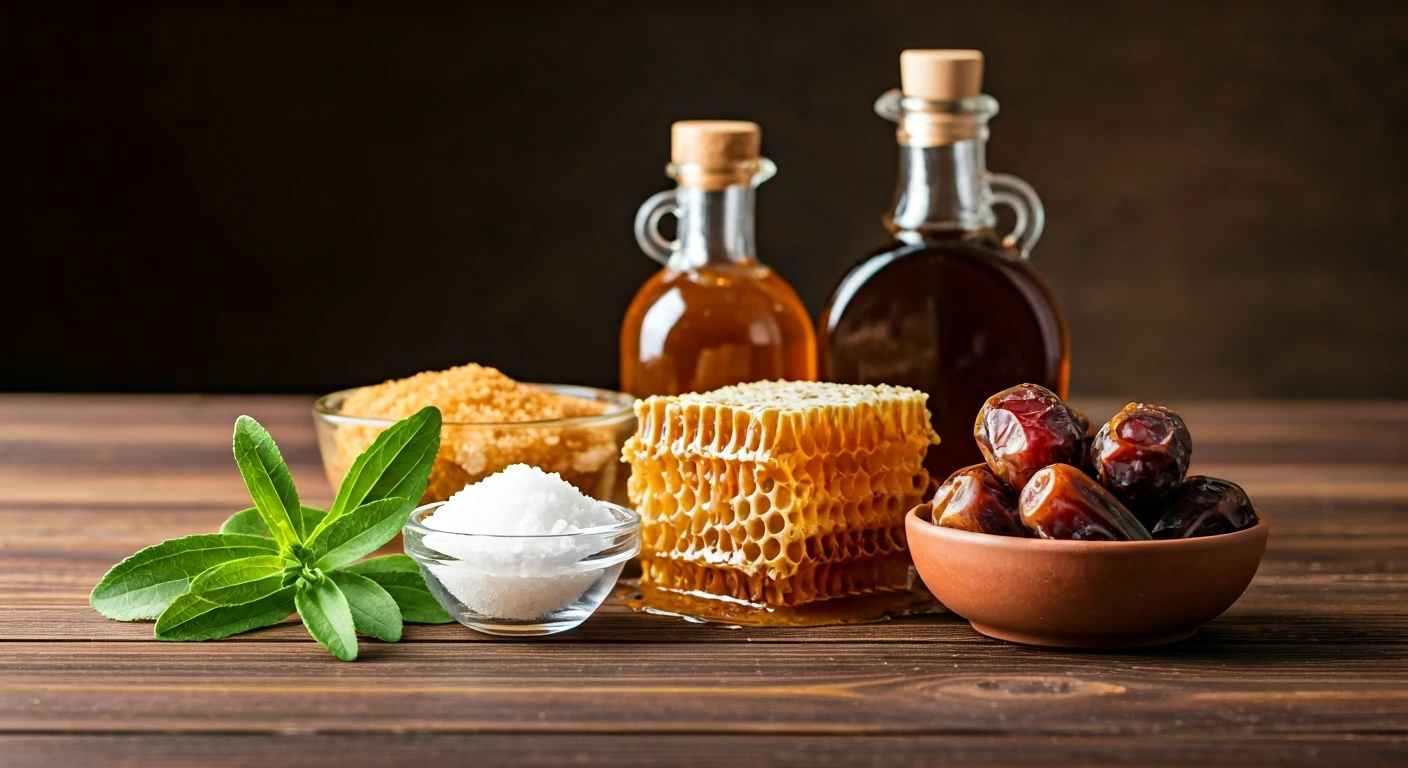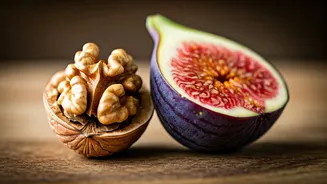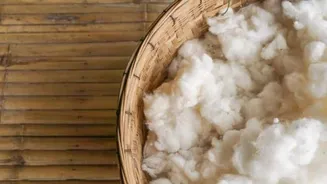What is Taro?
Taro, scientifically known as Colocasia esculenta, is a tropical plant cultivated primarily for its edible corms, which are the underground, bulbous parts
of the plant. Originating from Southeast Asia, taro has spread across the globe and is a staple food in many cultures, especially in Pacific Islands, Africa, and parts of Asia. The plant features large, heart-shaped leaves, similar to those of elephant ears, and can grow to significant heights. Taro root, the primary culinary component, is characterized by its starchy texture and subtly sweet flavor. The root is often brown or purplish on the exterior, while the flesh inside can range in color from white to pale purple, depending on the variety. It's important to note that raw taro contains calcium oxalate crystals, which can cause irritation; proper cooking is crucial to render it safe for consumption. Taro is a versatile ingredient, used in various dishes, from savory stews to sweet desserts, making it a valuable addition to diverse diets.
Nutritional Powerhouse
Taro root is packed with nutrients that make it a valuable addition to a healthy diet. It's an excellent source of dietary fiber, which aids digestion and promotes gut health. It also provides significant amounts of Vitamin C, a crucial antioxidant that supports the immune system. Furthermore, taro contributes several essential minerals, including potassium, which helps regulate blood pressure. It also has magnesium, which supports muscle and nerve function. The high fiber content of taro assists in managing blood sugar levels and can help keep you feeling full for longer. Taro also contains some antioxidants that can protect your body from harmful free radicals. While it does contain carbohydrates, it provides them along with the fiber, which helps to slow their absorption, preventing blood sugar spikes. Taro can be a nutritious food when incorporated into a balanced diet.
Culinary Uses & Preparation
Taro root has an interesting versatility in the kitchen. To safely prepare taro, it must be cooked to neutralize the calcium oxalate crystals. It can be boiled, baked, steamed, fried, or even mashed. The flavor of taro is often described as slightly sweet and nutty, making it a great ingredient for both sweet and savory dishes. In many cultures, taro is used in stews, curries, and soups, providing a thick, creamy texture. It can also be mashed to make a side dish similar to mashed potatoes, or it can be turned into chips or fries. In desserts, taro is often used in cakes, puddings, and ice creams, bringing a distinctive, slightly earthy flavor. The leaves of the taro plant are also edible; however, they also need to be cooked, typically used in dishes after being cooked to reduce their potential irritation.
Taro Recipes & Ideas
Taro root is the perfect base for numerous dishes, offering both versatility and flavor. The most common way to prepare taro is by boiling and mashing it. A simple yet satisfying side dish can be made with mashed taro, butter, and a pinch of salt. For a savory experience, consider taro fries or chips, a healthier alternative to traditional potato-based snacks. In many Asian cuisines, taro is a key ingredient in savory curries and stews. When making desserts, taro can be used to add a distinctive twist to your recipes. Taro cake is a great option. Taro ice cream or pudding will satisfy your sweet tooth while offering the benefits of this nutritious root.
Selecting and Storing
When choosing taro, seek firm, unblemished roots. The skin should be smooth without cracks, soft spots, or signs of mold. Avoid any taro roots that have bruises or cuts, which could indicate spoilage. Once you have selected your taro, proper storage is essential to maintain its freshness and quality. Uncooked taro should be stored in a cool, dry place, away from direct sunlight and heat. Ideally, store it in a well-ventilated area, like a pantry or a root cellar, to prevent moisture build-up and decay. If you have peeled and cooked taro, it can be stored in the refrigerator for up to 3 to 4 days in an airtight container.
Precautions and Considerations
While taro root provides many health benefits, it's essential to be aware of some precautions. As previously mentioned, raw taro contains calcium oxalate crystals. These crystals can cause irritation in the mouth and throat if consumed without cooking, so always cook taro thoroughly. Additionally, people with oxalate sensitivity should consume taro in moderation. While taro is generally considered safe, some individuals may experience allergic reactions. If you experience any unusual symptoms after eating taro, consult a healthcare professional. Taro can also absorb the chemicals it grows in. Always wash and cook taro properly to reduce potential risks.













